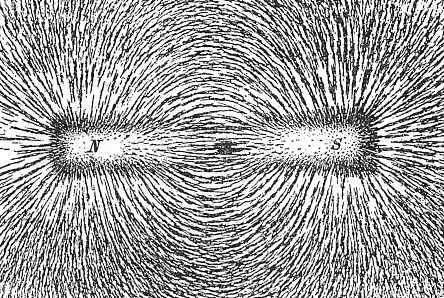Lectures
Next
Data transfer and storage problem.
Situation:
Data in primary storage exists as discrete addressable storage.
Quantity of data being accessed fairly small.
Data stored and accessed using electronic switches.
Very fast and provide discrete units. Each bit cell is unique
and addressable.
Systems have a dedicated clock line providing synchronization
and boundary checks for transmitted bits.
*
Data in secondary storage or being transmitted
Tend to have boundaries much less distinct.
Transmission:
Electrical: different voltage/current levels.
* Think of water faucet and hose.
Optical: light pulse
* best for discrete transmission
Point-to-point requires conversion to electrical for switching or fan out.
Technology more $$ than other solutions.
Electro-magnetic: frequency distortion or phase shift over radio waves.
Analog carrier.
Higher the frequency, the higher the throughput
But the shorter the range.
Storage:
Electronic large banks of Flash ROM.
Electronic, but requires significant overhead.
Fastest.
Most expensive.
Optical: reflective and non-reflective.
Cheap but tends to be read-only.
Old media requires physical destruction.
Magnetic: magnetized zones (analog) in alternate directions.
 Inexpensive, resuable.
Mid-range speed.
Transmitted/stored data requires alternative ways
to provide clocking/boundary information.
Cost effective storage media may not be electronic.
Magnetic or Reflective surface.
Requiring detection and converion technology.
Data arranged and addressed in blocks
and accessed serially.
Several magnitudes larger that 'primary' memory storage.
Timing may be embedded in data.
Error checking, correction embedded in data.
Often requires additional/different addressing information (meta-data).
Data vs. Carrier
Analog and Digital (4 combinations).
Data
Analog : movies, audio, wind speed, etc.
May be directly encoded as analog on some media such as magnetic
But often required digitization.
Digital : programs, text files, etc.
Carrier
Analog : Radio/TV, WiFi, Magnetic (tape drive, hard drives).
Digital : system bus, fiber optics (pulse), CD, DVD.
Inexpensive, resuable.
Mid-range speed.
Transmitted/stored data requires alternative ways
to provide clocking/boundary information.
Cost effective storage media may not be electronic.
Magnetic or Reflective surface.
Requiring detection and converion technology.
Data arranged and addressed in blocks
and accessed serially.
Several magnitudes larger that 'primary' memory storage.
Timing may be embedded in data.
Error checking, correction embedded in data.
Often requires additional/different addressing information (meta-data).
Data vs. Carrier
Analog and Digital (4 combinations).
Data
Analog : movies, audio, wind speed, etc.
May be directly encoded as analog on some media such as magnetic
But often required digitization.
Digital : programs, text files, etc.
Carrier
Analog : Radio/TV, WiFi, Magnetic (tape drive, hard drives).
Digital : system bus, fiber optics (pulse), CD, DVD.
 Inexpensive, resuable.
Mid-range speed.
Transmitted/stored data requires alternative ways
to provide clocking/boundary information.
Cost effective storage media may not be electronic.
Magnetic or Reflective surface.
Requiring detection and converion technology.
Data arranged and addressed in blocks
and accessed serially.
Several magnitudes larger that 'primary' memory storage.
Timing may be embedded in data.
Error checking, correction embedded in data.
Often requires additional/different addressing information (meta-data).
Data vs. Carrier
Analog and Digital (4 combinations).
Data
Analog : movies, audio, wind speed, etc.
May be directly encoded as analog on some media such as magnetic
But often required digitization.
Digital : programs, text files, etc.
Carrier
Analog : Radio/TV, WiFi, Magnetic (tape drive, hard drives).
Digital : system bus, fiber optics (pulse), CD, DVD.
Inexpensive, resuable.
Mid-range speed.
Transmitted/stored data requires alternative ways
to provide clocking/boundary information.
Cost effective storage media may not be electronic.
Magnetic or Reflective surface.
Requiring detection and converion technology.
Data arranged and addressed in blocks
and accessed serially.
Several magnitudes larger that 'primary' memory storage.
Timing may be embedded in data.
Error checking, correction embedded in data.
Often requires additional/different addressing information (meta-data).
Data vs. Carrier
Analog and Digital (4 combinations).
Data
Analog : movies, audio, wind speed, etc.
May be directly encoded as analog on some media such as magnetic
But often required digitization.
Digital : programs, text files, etc.
Carrier
Analog : Radio/TV, WiFi, Magnetic (tape drive, hard drives).
Digital : system bus, fiber optics (pulse), CD, DVD.